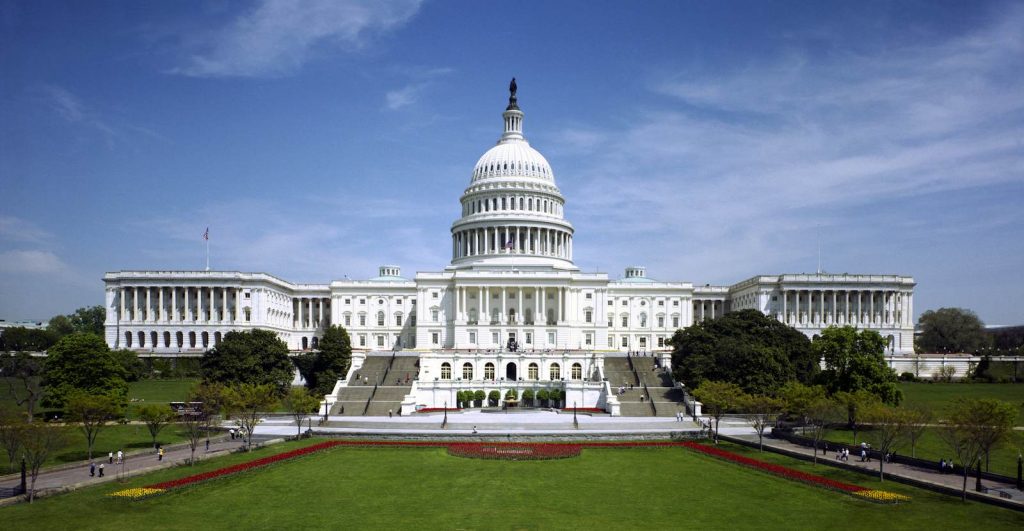Government Grants
Business Grants
Home Owner Programs
Federal Programs
About Us
Page 2
The HUBZone program is also designed to stimulate investments, creation of jobs, and economic development and improvement in both rural and urban communities through the provision of federal contracting preferences to firms that are recognized by the Small Business Administration as an accredited HUBZone business.
|
The Small Business Administration has established the Historically Underutilized Business Zones (HUBZone) Empowerment Contracting Program wherein they aim to provide federal contracting assistance to eligible small business corporations which are located in underutilized business zones so as to improve their employment opportunities, investments, and their area's economic development. The Small Business Administration will identify which businesses are eligible to receive HUBZone contracts and will then maintain a list of qualified HUBZone small businesses which federal agencies can then use to locate them. |
|
|
In order to be considered eligible to apply for the Historically Underutilized Business Zones (HUBZone) Empowerment Contracting Program, the applicant must be:
a) Classified as a small business as defined by SBA standards
b) Owned and controlled (at least 51st percent) by one or more US citizens, a Community Development Corporation, an agricultural cooperative or an Indian tribe
c) Located in a HUBZone area
d) Certify that at least 35% of its employees/workers are living in the HUBZone area.
The Small Business Administration has constantly been working towards the maintenance and improvement of the nation's economy by providing protection, assistance, and counseling to the interests of small business establishments.
In the fiscal year 2004, over 2,294 business were certified as HUBZone qualified small businesses.
Historically Underutilized Business Zones - HUBZone Empowerment Contracting Program
Back to Page 1
About The Author Michael Saunders is an editor of TopGovernmentGrants.com one the the most comprehensive Websites offering information on government grants and federal government programs. He also maintains Websites providing resources on environmental grants and grants for youth programs. |
Additional Government Grants Resources
SunShot Concentrating Solar Power Research and Development Project
EERE has established a funding opportunity to support the SunShot Concentrating Solar Power Research and Development Project wherein it aims to fund revolutionary applied scientific research studies that will help develop highly disruptive Concentrating Solar Power (CSP) technologies in order to help meet the 6 cents per kWh cost target by the end of the decade.
Strategic Alliances for Medications Development to Treat Substance Use Disorder Program
The National Institutes of Health, in cooperation with the National Institute on Drug Abuse (NIDA), has recently established the Strategic Alliances for Medications Development to Treat Substance Use Disorder Program wherein both agencies seek to support the development of substance abuse drugs by leveraging the strengths of two or more organizations toward a common goal of medications development.
Grants From The Department of Justice
The DOJ was initially established to ensure the enforcement of the law and administration of justice, which is equivalent to the justice or interior ministries of other countries all over the world.
Uncle Sam's Money and How to Get a Micro Loan
The US Governement has a MicroLoan Program that provides small loans to new start-up companies, newly established businesses, or loans to help small business growth concerns. Under this government l...
Can You Use Government Grants to Become A Real Estate Entrepreneur?
Real Estate Apprentice Grant your way to being a Real Estate Entrepreneur...
Scale-Up of Care and Support Services for Orphans and Vulnerable Children in Nigeria
The USAID office in Nigeria has recently established a program called Scale-Up of Care and Support Services for Orphans and Vulnerable Children wherein it intends to improve the health and well-being of orphans and vulnerable children in Nigeria by way of developing a sustainable, comprehensive and coordinated program that will potentially help these kids live a normal, and healthy life.
Garrett A. Morgan Technology and Transportation Education Program
The Federal Highway Administration has recently established the Garrett A. Morgan Technology and Transportation Education Program wherein it aims to improve the readiness of students in the fields of science, technology, engineering, and mathematics by way of the application of curriculum development and several other activities that are related to transportation education.
Social Entrepreneurship
Spotlight
The U.S. Government on Cultivating Impact Investing And Social Enterprise

According to a Private Capital, Public Good report recently released at the White House from a group of A-list impact investing and social enterprise specialists, the U.S. government can do a lot to spur the growth among the impact investing and social enterprise sectors.
